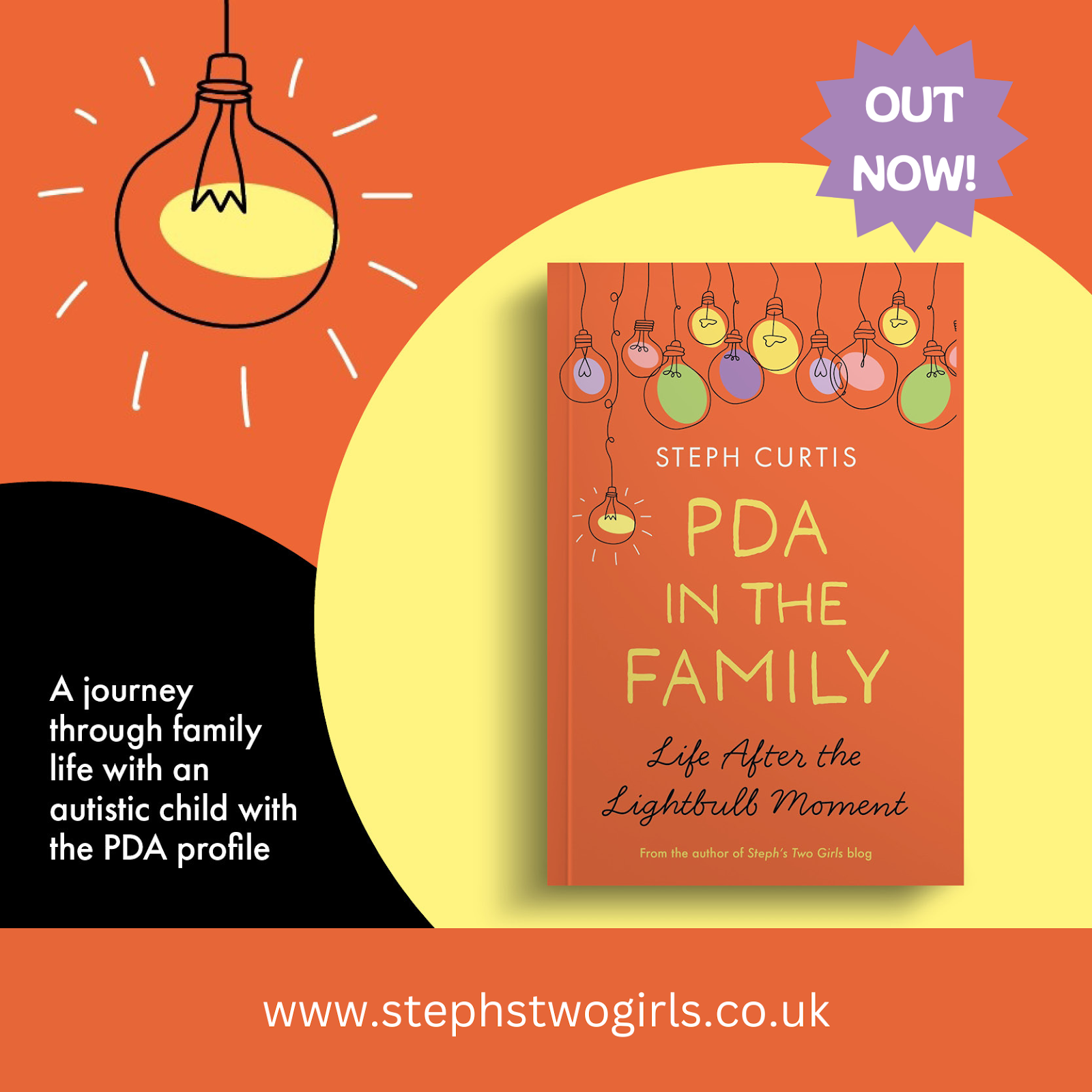'So, I'm Autistic' is an introduction to Autism for young adults and late teens. Written by Sarah O'Brien, a young autistic adult who was diagnosed at the age of 16, this book aims to provide support for those with an autism diagnosis approaching adulthood. So I'm Autistic also provides information for others who would like to understand more about autism, and it shares insights about how autistic young adults may feel at this stage of life.
(The pictures in this post are affiliate links; as an Amazon Associate I earn from qualifying purchases but it won't cost you any extra)
Throughout the book, Sarah shares examples of her own personal and professional experiences of life from an autistic persepective. There are also many research articles quoted in footnotes, which make it clear this book is a comprehensive, well-rounded resource and not just personal opinion.
So, I'm Autistic - the overall premise
The book is split into three parts; Understanding Autism, Thriving While Autistic and Finding Out More. The introduction takes a look at certain aspects of autism from the author's viewpoint. The type of language used around autism, functioning labels, diagnosis and whether autism is a disability are all discussed, giving a clear starting point for the rest of the information that follows.
Understanding Autism
The first chapter covers the question 'What does Autistic mean?'
To help us understand what makes an autistic person different from a non-autistic person, Sarah explores the four areas of autistic difference: communication, interaction, processing and sensory. Some terms used for or alongside autism, such as neurodivergence and neurodevelopmental condition are also explained.
"Autistic and autism mean many things to many people. We have the diagnostic frameworks to help us understand autism in a clinical way. We have the words of autistic people to describe autism in our own highly varied ways and the constantly evolving understanding of autism in society. All these different views and ideas have shaped how we think about autism throughout history and up to the present day."
Myths and stereotypes about autism are debunked in the following chapter and in the Strengths, Differences and Challenges chapter topics such as stimming, meltdowns and shutdowns, non-verbal communication and social rules, routines and masking are covered.
Sarah then offers answers for an important question that I'm sure many young autistic people will have, about whether they need to tell other people they are autistic. Some great advice is given in a list of ten key points of disclosing, and I think this will help give some young people extra confidence. There are more insights into what to do after diagnosis and how to navigate telling people in your life, from family and friends to teachers or manager at work.
Thriving While Autistic
The next main part of the book delves into topics such as mental health, physical health, transitions, friendships and relationships, home life, society and moving into employment. Within all these chapters there are many ideas given for ways to help and places to go for further help. The mental health chapter addresses conditions such as anxiety, depression, phobias, eating disorders, OCD, bipolar and borderline personality, and the next chapter offers suggestions on how to access healthcare that meets needs. The transitions and changes chapter gives strategies to help cope with times of life such as moves into or out of education or employment, or moving home. More thoughts and advice on social communication and considerations are given in the friendships, relationships, home life and society chapters.Making friends can be difficult because there is no guidebook, at least none that I’ve found on how to make a friend or about staying friends with someone. It all depends on each interaction you have after becoming friends. However, it can be easier to keep friendships when you become friends with someone who has similar interest to you. Shared interests always help provide a topic of conversation or shared activities.
Friendships rarely go easily or smoothly all the time because everyone grows and changes as they get older, and their reactions to situations evolve. It’s okay to talk about the things that you value and things that you find important in your life with someone to figure out if they feel the same.
Towards the end of the book there are several pages offering tips on how to manage in higher education and work settings, such as points to consider with respect to reasonable adjustments and how to ask for support.
Finding Out More
The last part includes suggestions of resources - a list of things to listen to, things to read, and a brilliant glossary explaining terms such as ableism, advocacy, alexithymia and many more.
This book is a great guide for young people who are newly diagnosed, to help them make sense of many aspects of life, but also helpful for older people who may be new to the idea of autism, or for family members trying to support children.
‘So, I’m Autistic: An Introduction to Autism for Young Adults and Late Teens’ by Sarah O’Brien is available on Amazon and from Jessica Kingsley Publishers.
Our book, PDA in the Family, is out now! We wanted to help other people understand more about Pathological Demand Avoidance and the book was one way of doing that. It's an account of our family life since the day we were told our younger daughter is autistic. It covers diagnosis, the subsequent lightbulb moment we had when we heard about PDA, education, relationships and more.
























No comments:
Post a Comment
Comments are always very much appreciated and can really help the conversation go further...